Since it has become glaringly apparent that the United States needs to change its practices if it wants the planet to function for future generations, the government has been hard at work, trying to make that happen.
Over the past four years, one of President Biden’s main focuses has been to cut back the nation’s annual carbon emissions by transitioning from gas-powered vehicles to electric ones (EVs). However, while the President has invested $7.5 billion in EVs, only 7 stations have been built.
American Drivers Release an Unbelievable Amount of CO2 Into the Air
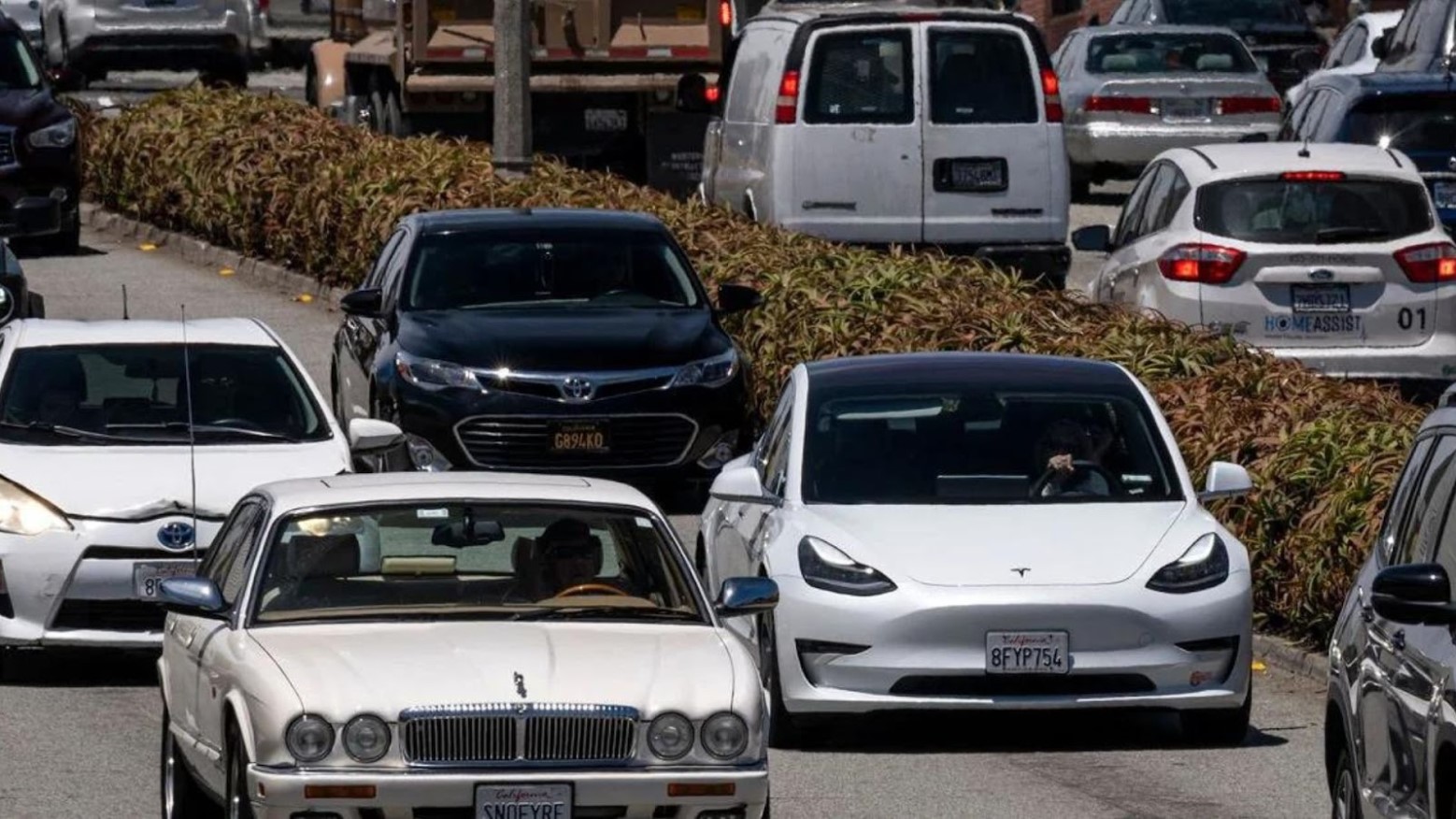
According to the US Energy Information Administration, “In 2022, U.S. motor gasoline consumption in the U.S. transportation sector resulted in the emission of about 1,023 million metric tons (MMmt) of carbon dioxide (CO2) and 464 MMmt of CO2.”
That adds up to “about 81% of total U.S. transportation sector CO2 emissions and to about 30% of total U.S. energy-related CO2 emissions.” In other words, American drivers release an almost unbelievable amount of CO2 into the atmosphere, and if they switch to electric vehicles, they would automatically cut down their emissions by 30%.
Biden’s Plan to Make EVs the Future of American Transportation
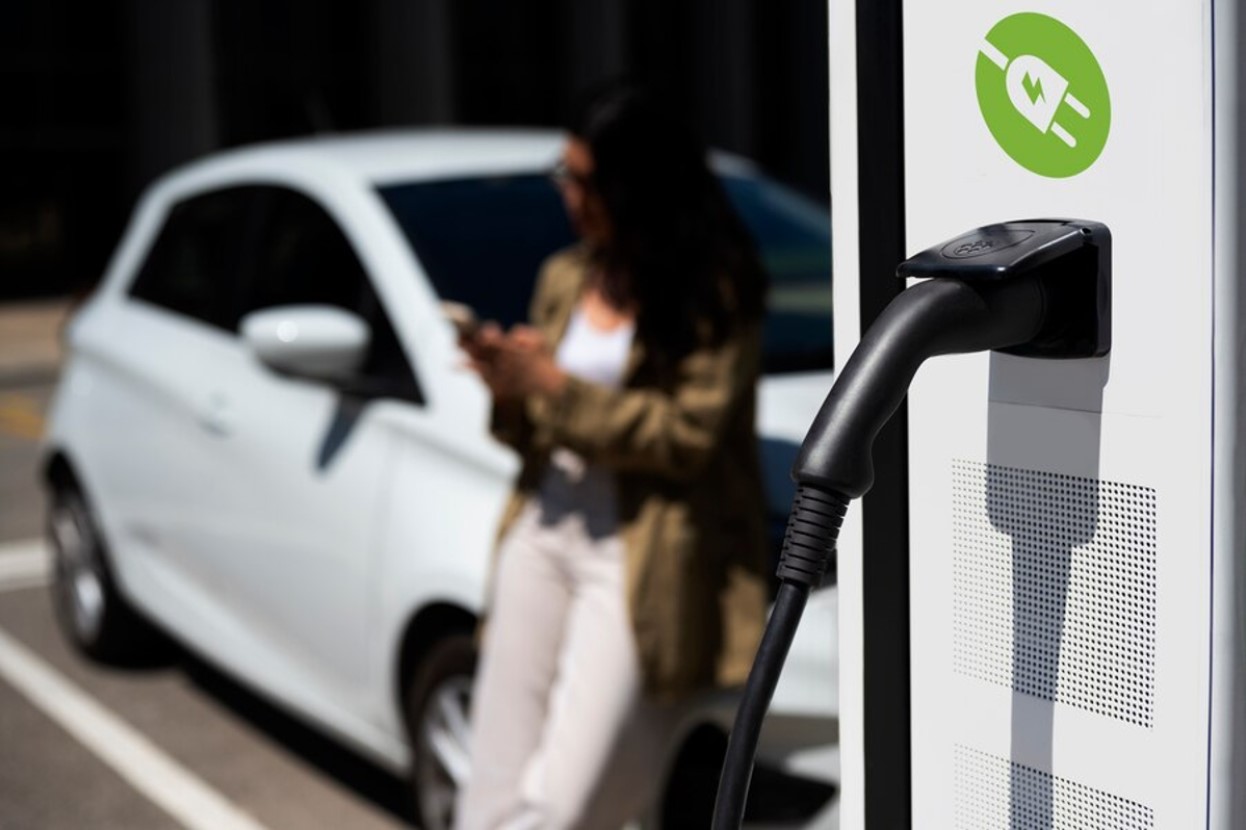
Therefore, Biden set his sights on transitioning Americans from gas or diesel-powered vehicles toward EVs as soon as possible.
In order to do so, Biden passed two pieces of legislation: the Inflation Reduction Act, which stated that two-thirds of all new vehicles made in the USA had to be electric by 20230, and the Bipartisan Infrastructure Law, which allocated billions of dollars to fund the infrastructure needed for such a big change.
Americans Have Found Flaws in Both of Biden’s Plans
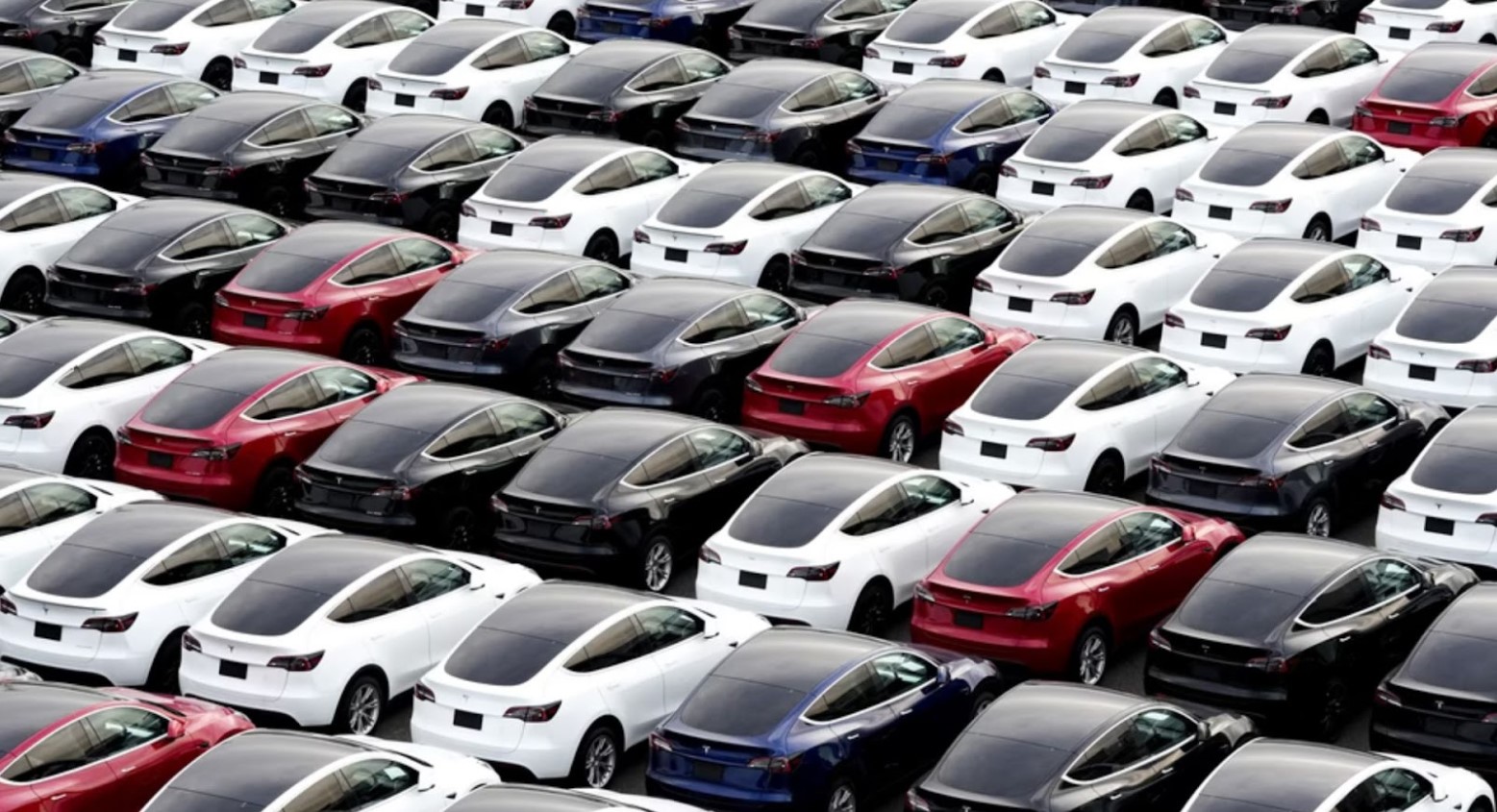
As with any political decision, both of Biden’s pieces of legislation were subject to extensive debate. Many Americans, especially environmentalists, were thrilled with the President’s extreme stance toward the outlawing of gas-powered vehicles.
However, others worried that the timeline he was pushing for was simply impossible. In fact, the country’s automakers responded so poorly to the President’s mandate that two-thirds of all new vehicles manufactured by 2030 had to be EVs, so he has since extended the deadline to 2032.
Issues With the Bipartisan Infrastructure Law
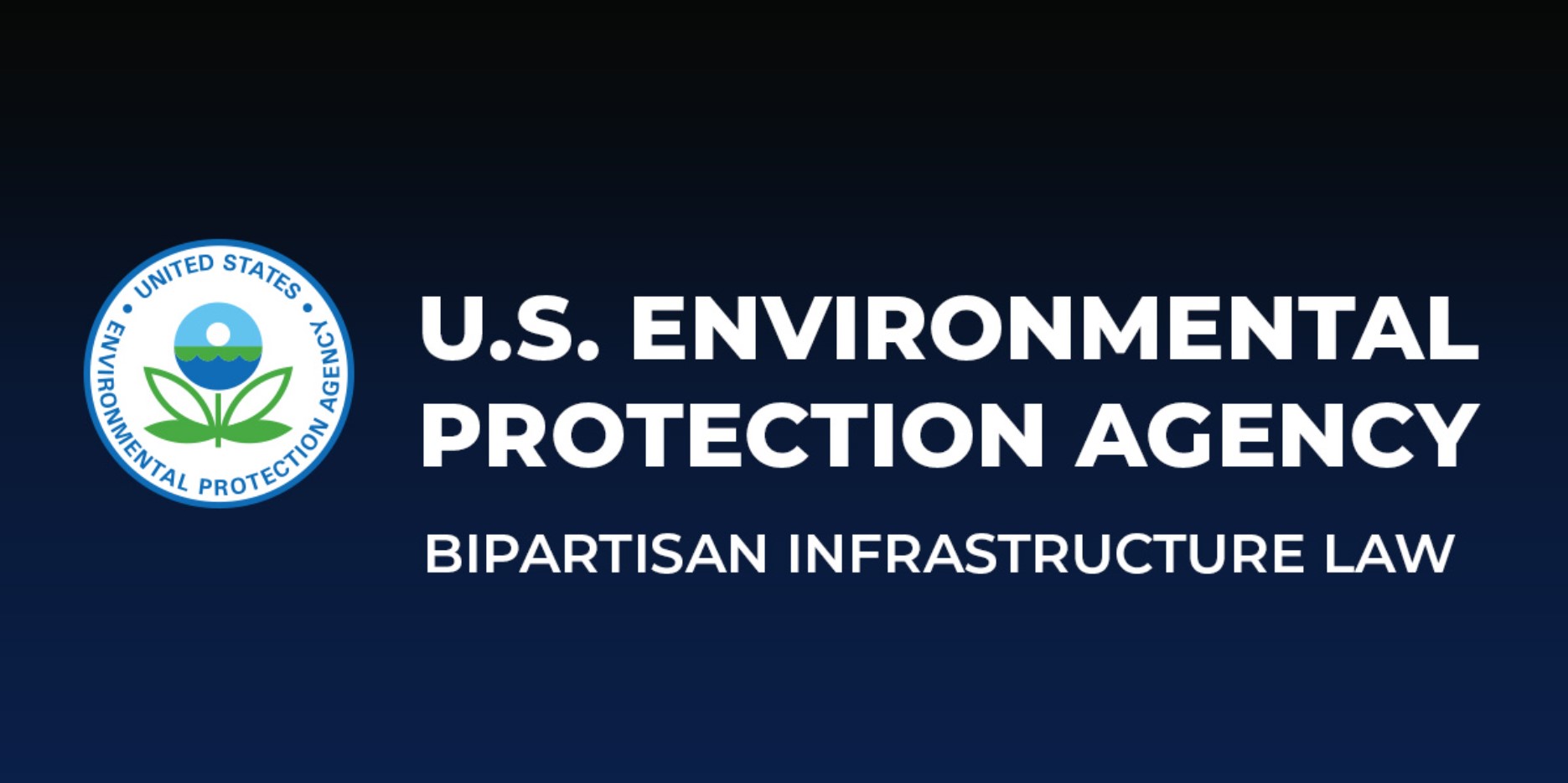
Additionally, many Americans were worried that the Bipartisan Infrastructure law would be more detrimental to the country than beneficial.
With this bill, the President announced that the government would spend $400 billion over the next decade on building electric vehicle charging stations, improving the country’s transportation system, ensuring all residents have clean drinking water, and much more. Of course, the most common complaint regarding the bill was that Biden was outrageously overspending money that the country simply didn’t have.
America Needed More EV Charging Stations ASAP
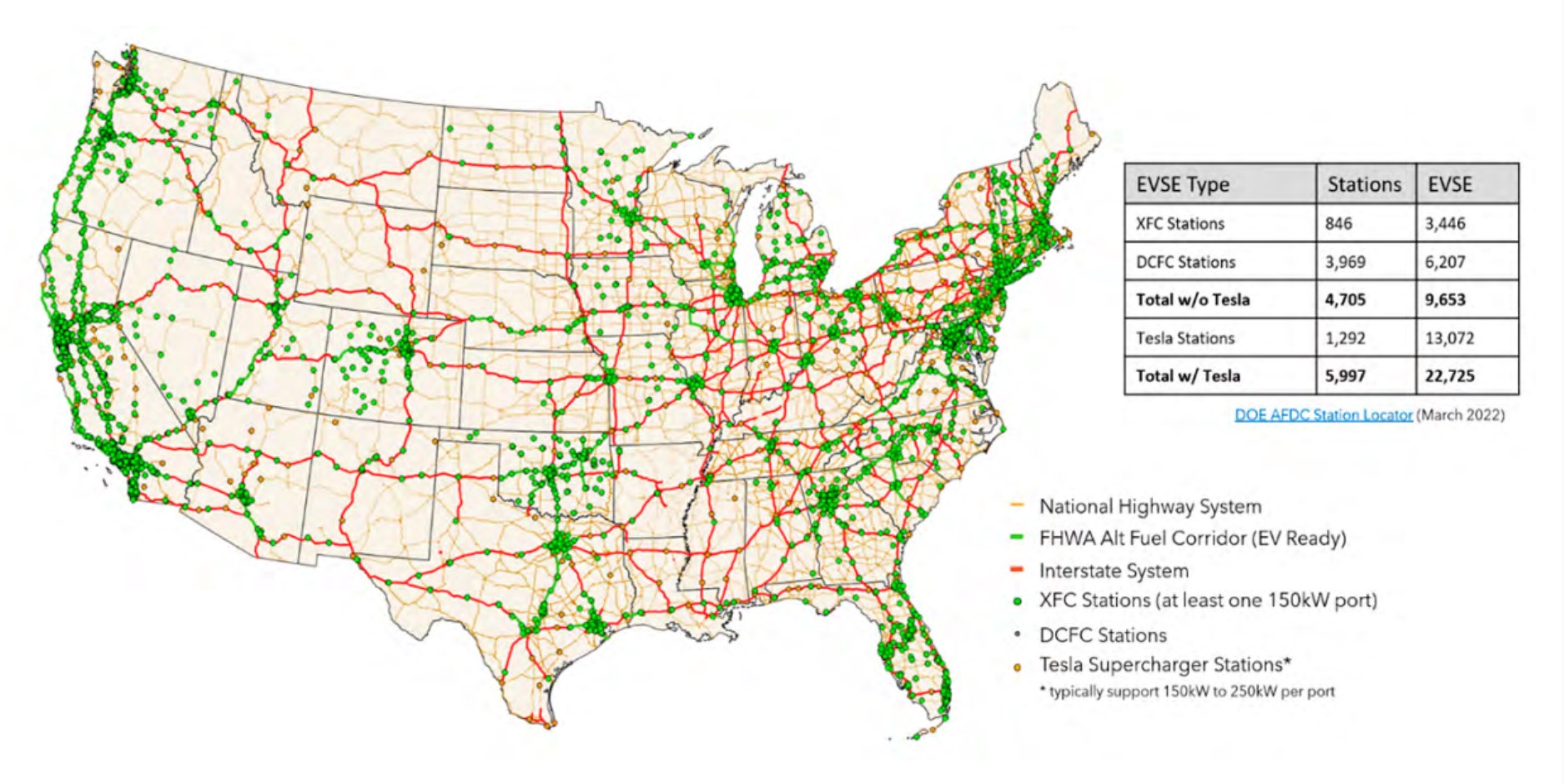
However, the Biden administration argued that in order to improve the country, the government needed to spend some money. For example, if they were going to force Americans to purchase electric vehicles instead of gas-powered options, they first needed to install charging stations throughout the country.
At this moment in time, there are only 10,000 electric vehicle charging stations in the United States. And while that may seem like a lot, it’s nowhere near how many America needs to support its millions of citizens driving electric vehicles.
Biden’s Plan Is Under Severe Scrutiny Now

Biden promised to build 500,000 EV stations by 2030. Then, he distributed billions of dollars throughout the 50 states and told them to plan and construct these soon-to-be-necessary stations.
Now, it’s been two years since nearly $7.5 billion was released to start building EV locations, and only seven have been completed. That’s why Biden’s plan is under even more scrutiny than it was when he originally passed the bill.
Where Did That $7.5 Billion Go?

However, it’s important to understand that the $7.5 billion distributed for EV stations has not disappeared into thin air. State governments still have that money and plan to use it to build charging stations throughout cities and highways.
The problem isn’t that the money isn’t being used; it’s that it’s not being used soon enough. With 2032 closer than we think, if these states don’t get to work building EV charging stations as soon as possible, the President’s entire plan could fall apart.
People Are Asking Questions About the Lack of EV Stations
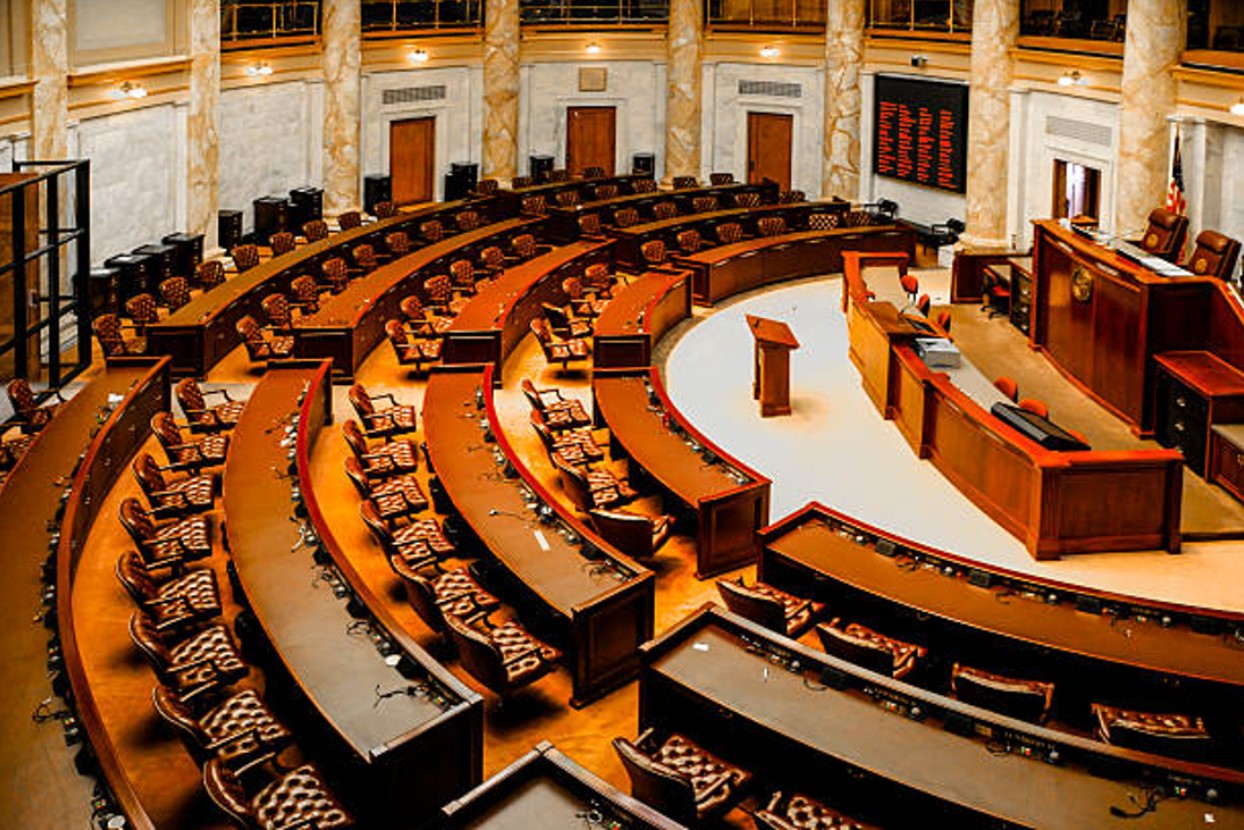
Of course, government officials and the American people are undoubtedly concerned about the lack of EV stations being built throughout the country. Third Way think tank deputy director Alexander Laska explained, “I think a lot of people who are watching this are getting concerned about the timeline.”
In February 2024, several Republican members of the House of Representatives collectively sent Biden a letter that read, “We have significant concerns that under your efforts, American taxpayer dollars are being woefully mismanaged. The problems with these programs continue to grow — delays in the delivery of chargers, concerns from States about labor contracting requirements and minimum operating standards for chargers.”
Delays Were to Be Expected

On the other side of the debate, there are many other officials and Americans who understand that delays were to be expected. Nick Nigro, founder of Atlas Public Policy, told the Washington Post, “State transportation agencies are the recipients of the money. Nearly all of them had no experience deploying electric vehicle charging stations before this law was enacted.”
Nigro also noted that he “expect[s] it to go much faster in 2024” once the ball starts rolling and states figure out exactly how to build these stations.
The Biden Administration Is Not Worried

The Biden administration has also responded to the controversy, saying that they are not worried. They still believes their goal of 500,000 charging stations by 2026 is absolutely achievable.
The White House also explained it’s taking a little longer than planned because they are building the stations to the highest possible standards. They want to ensure that Americans feel safe driving their EV cars in the coming years, knowing there will always be an EV station a stone’s throw away that works perfectly.
Are EVs the Future of America?
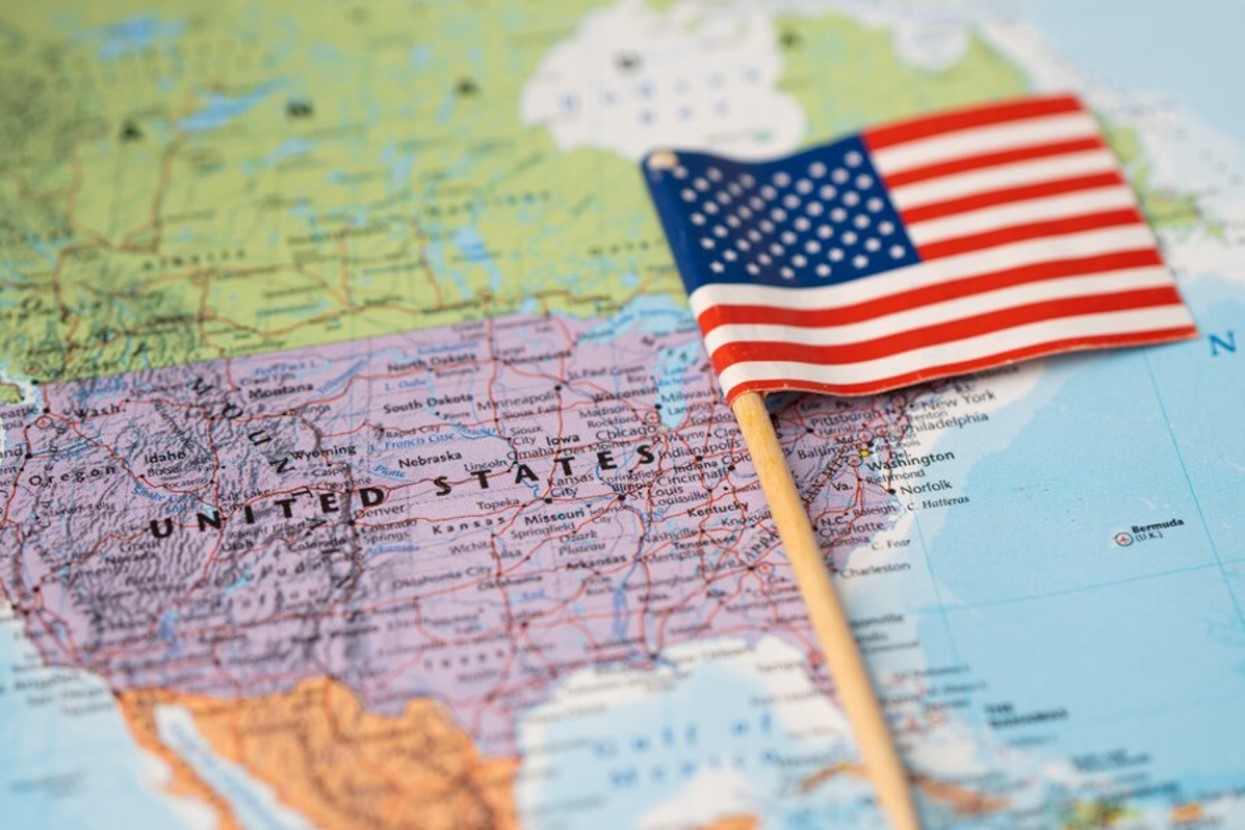
Even with American auto manufacturers making thousands of EVs, consumers purchasing more electric cars every year, and Biden’s plan for EV stations all over the country already in action, some still wonder if they really are the future of American transportation.
For now, it seems too soon to say for sure, especially with the presidential election right around the corner. Whoever wins the Oval Office in November will likely make a big difference in whether or not America transitions to EVs during this decade.
Global Standards in EV Infrastructure
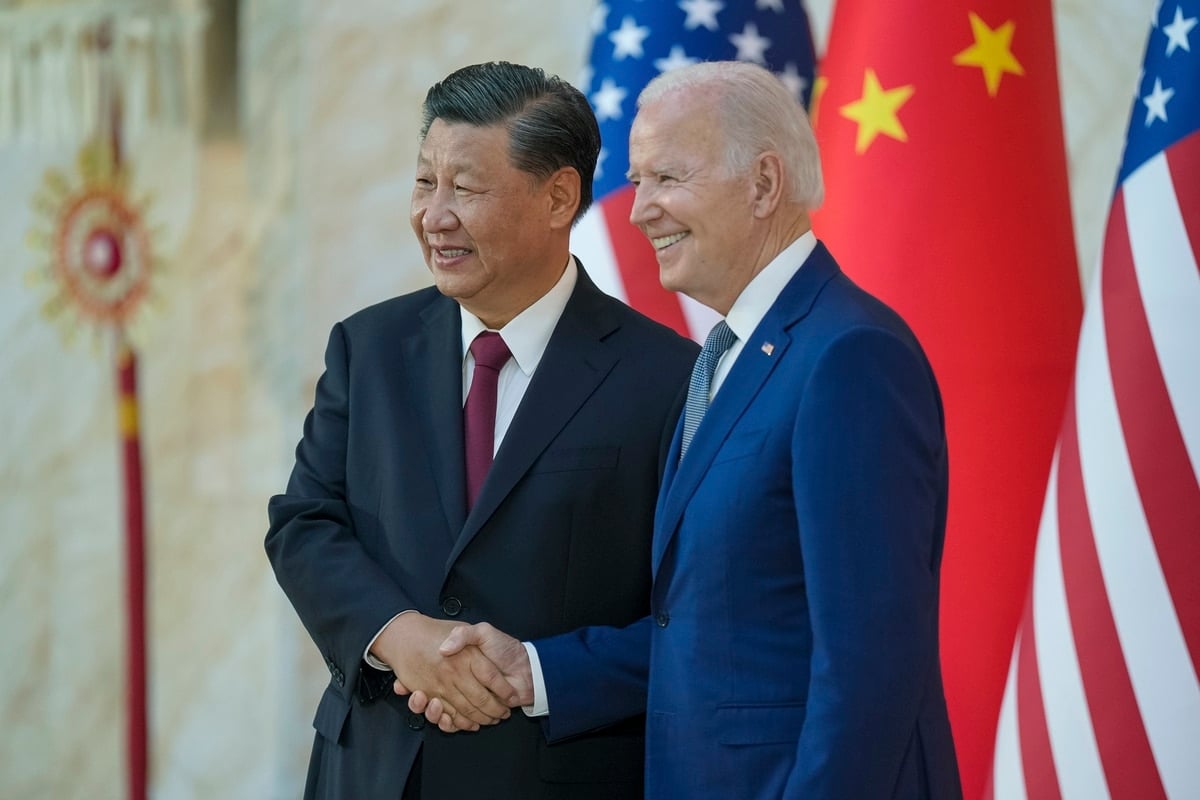
While the U.S. struggles to expand its EV charging stations, countries like Norway and China showcase robust growth. Norway boasts a high density of chargers, supporting over 70% of new car sales being electric (via CNBC), whereas China leads in scale with over 300,000 public charging points (via Bloomberg).
These comparisons underline the need for the U.S. to accelerate its infrastructure development to match global leaders.
Cutting-Edge Charging Technology
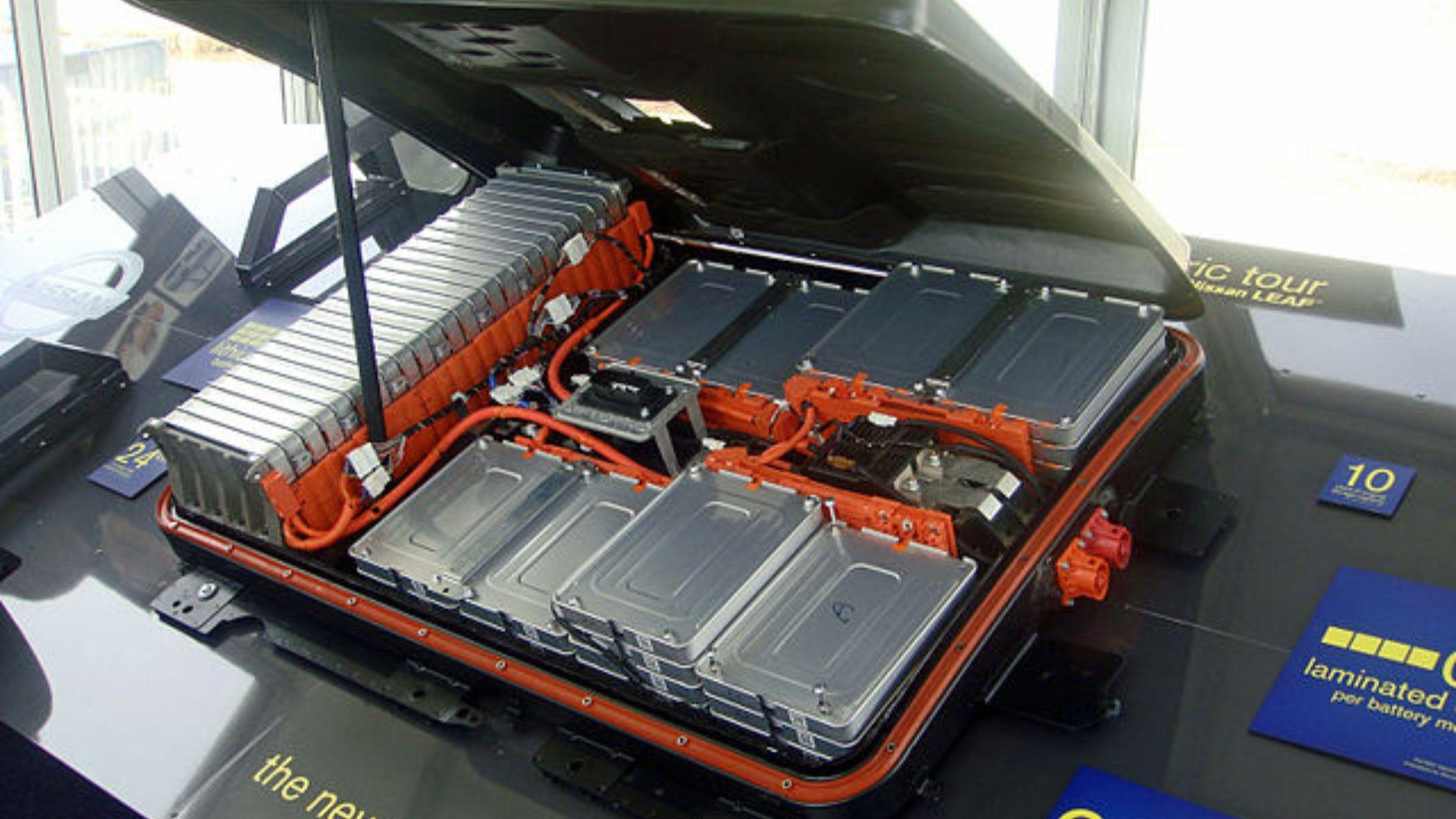
Recent breakthroughs in charging technology promise to enhance EV adoption.
Per Heliox, innovations such as ultra-fast chargers can power vehicles in minutes instead of hours, while battery swap technology offers an alternative to waiting at charging stations, showing a potential path forward to alleviate public charging congestion and range anxiety.
Economic Ripple Effects of EVs
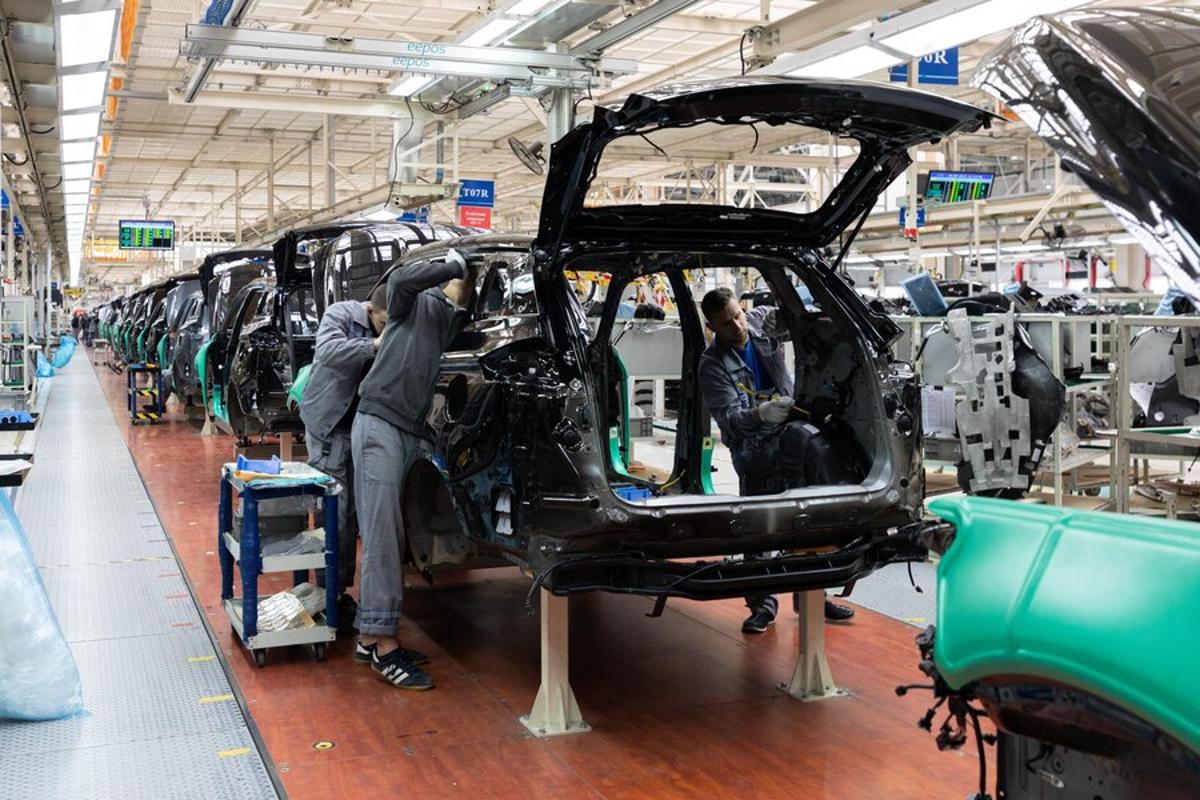
According to the EPI, the shift to electric vehicles is expected to generate substantial economic benefits, from job creation in technology and manufacturing sectors to new markets for recycled battery materials.
According to the EPI, the shift to electric vehicles is expected to generate substantial economic benefits, from job creation in technology and manufacturing sectors to new markets for recycled battery materials.
Beyond CO2: Environmental Considerations
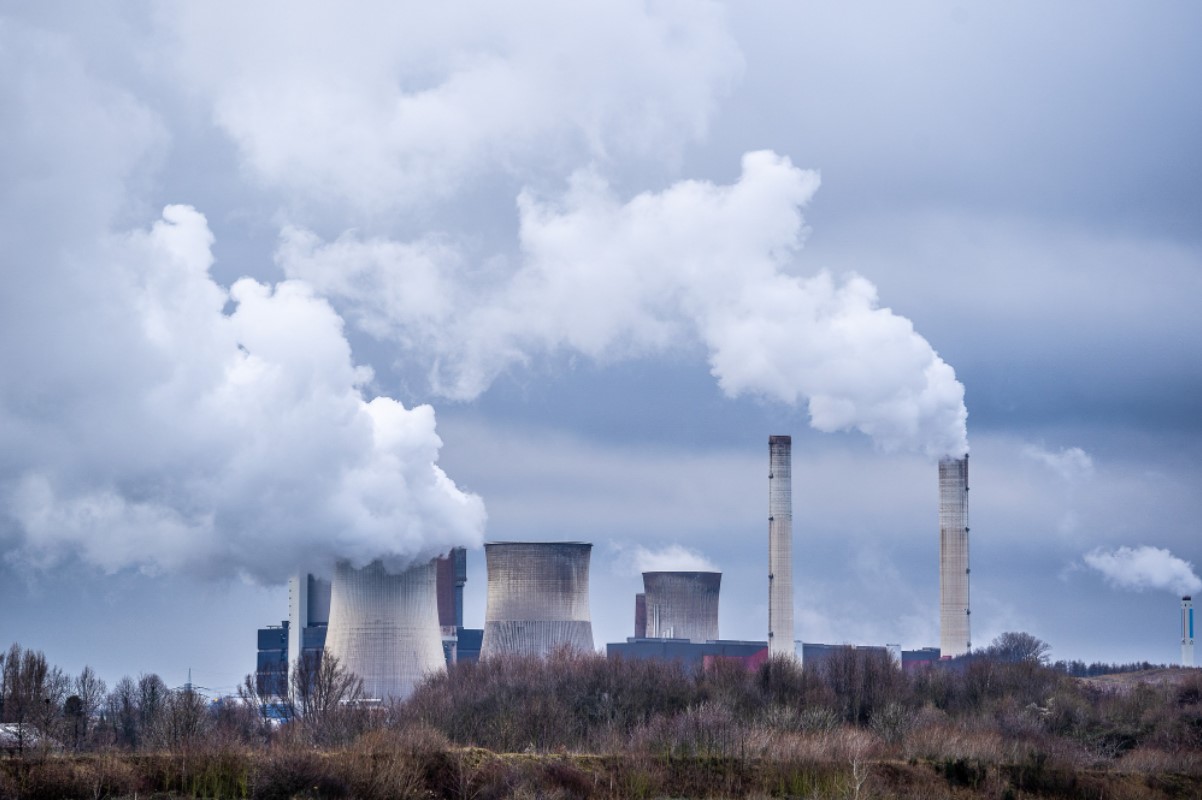
Transitioning to electric vehicles also raises environmental concerns beyond CO2 emissions.
The demand for lithium, necessary for batteries, leads to environmental degradation unless mining practices are improved (via State of the Planet). Promoting recycling and sustainable mining practices is crucial to mitigate these impacts.
Consumer Adoption Trends
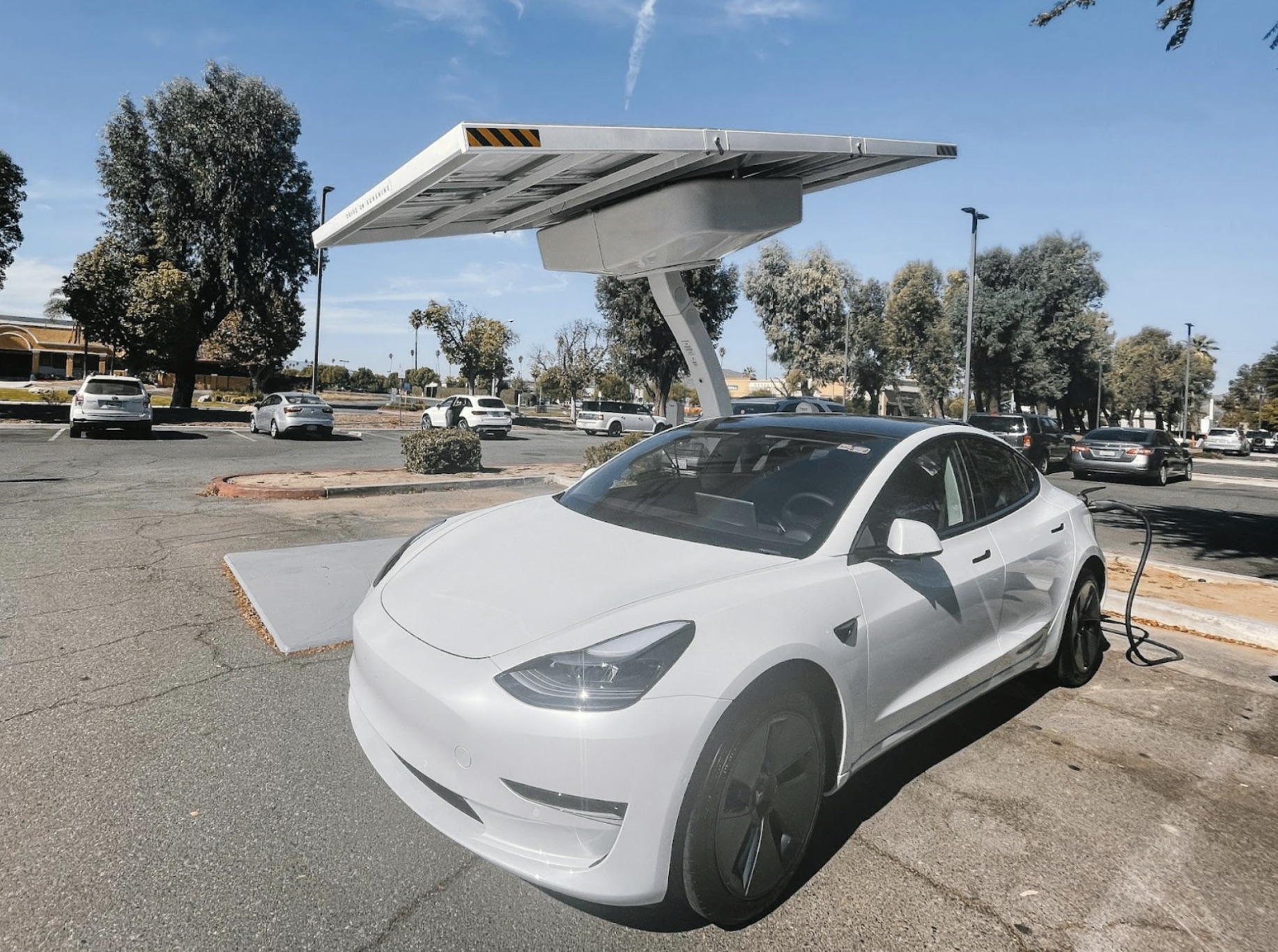
Despite growing interest, the high cost and perceived inadequacies of charging infrastructure continue to deter potential EV buyers.
Enhanced federal and state incentives, along with expanding reliable charging networks, could potentially bolster consumer confidence and accelerate the transition to electric vehicles.
The Role of Public-Private Partnerships
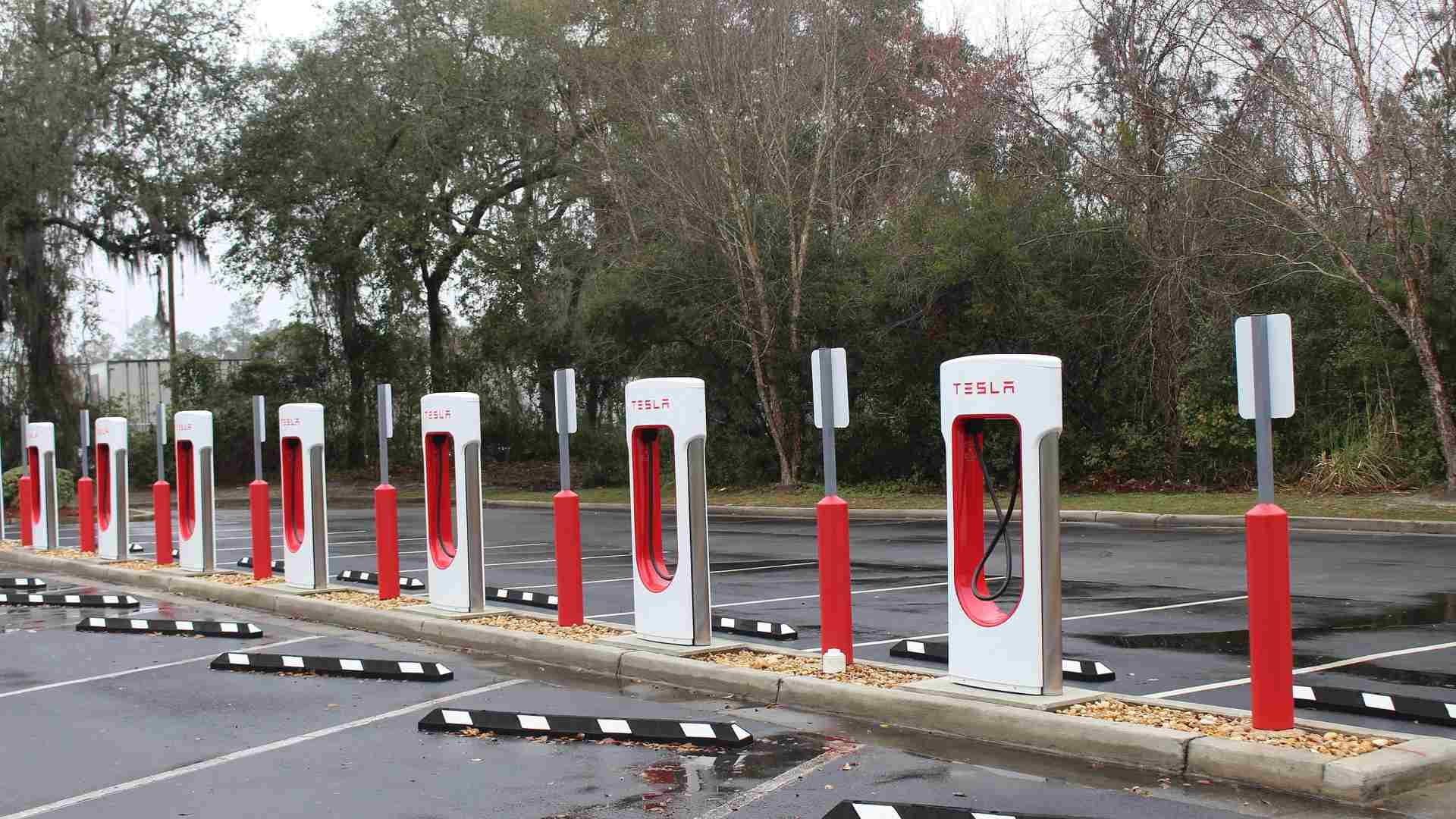
Successful public-private partnerships, like those in California, demonstrate how collaboration can efficiently expand EV infrastructure (via Cyberswitching).
These partnerships pool resources and expertise, often leading to innovations and expedited deployment that individual entities might not achieve alone.
Education and Public Awareness
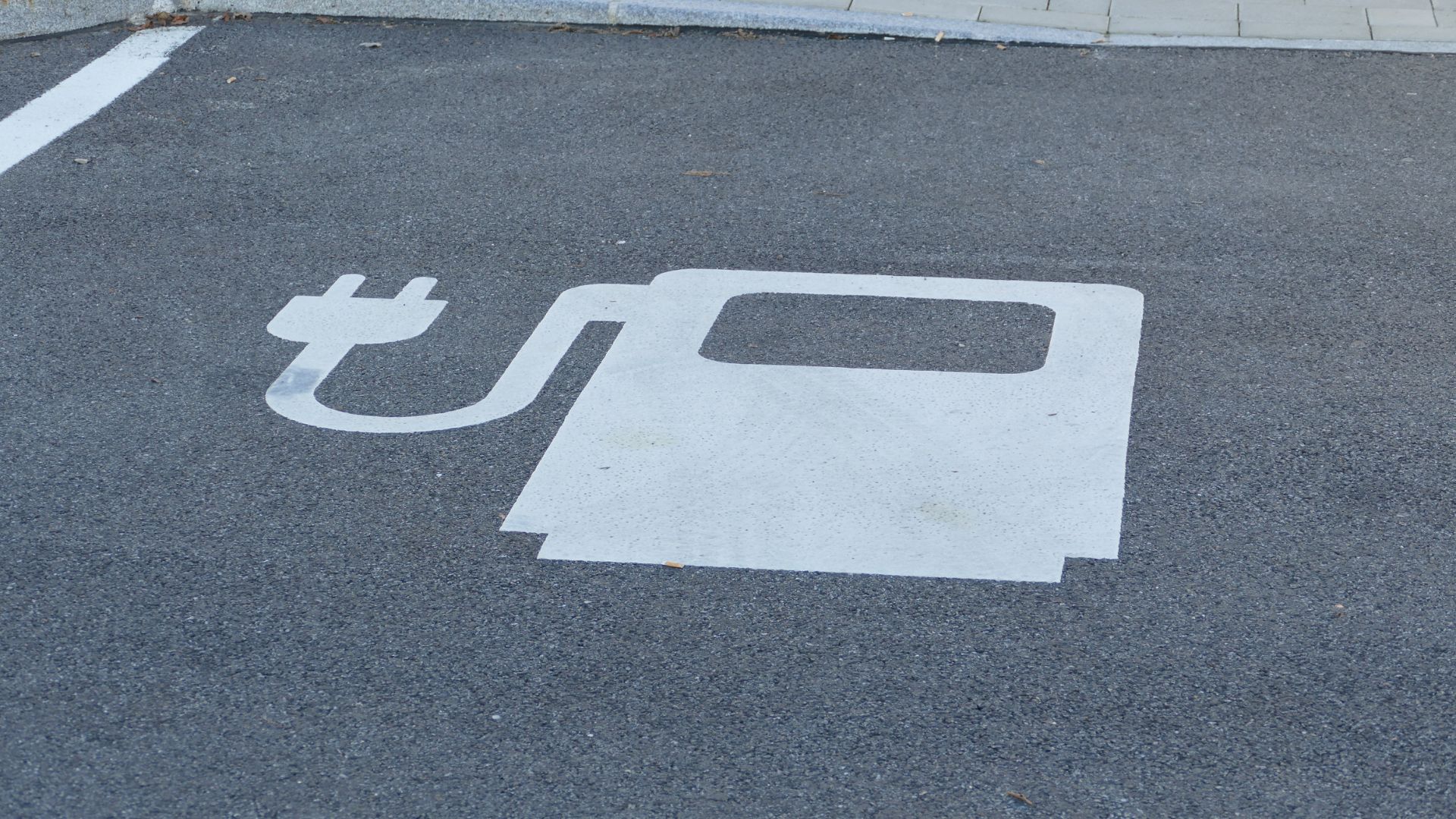
Educational campaigns play a major role in increasing EV adoption.
Initiatives that demonstrate the long-term cost savings and environmental benefits of electric vehicles can help shift public perception and drive greater acceptance and use of EV technology.
Urban vs. Rural Infrastructure Needs

The deployment of EV charging stations faces distinct challenges in urban and rural areas. Urban settings struggle with space constraints, whereas rural areas contend with distance and lower usage rates.
Tailored strategies that address these specific challenges will be essential for balanced infrastructure development.
Political Influence on EV Policies
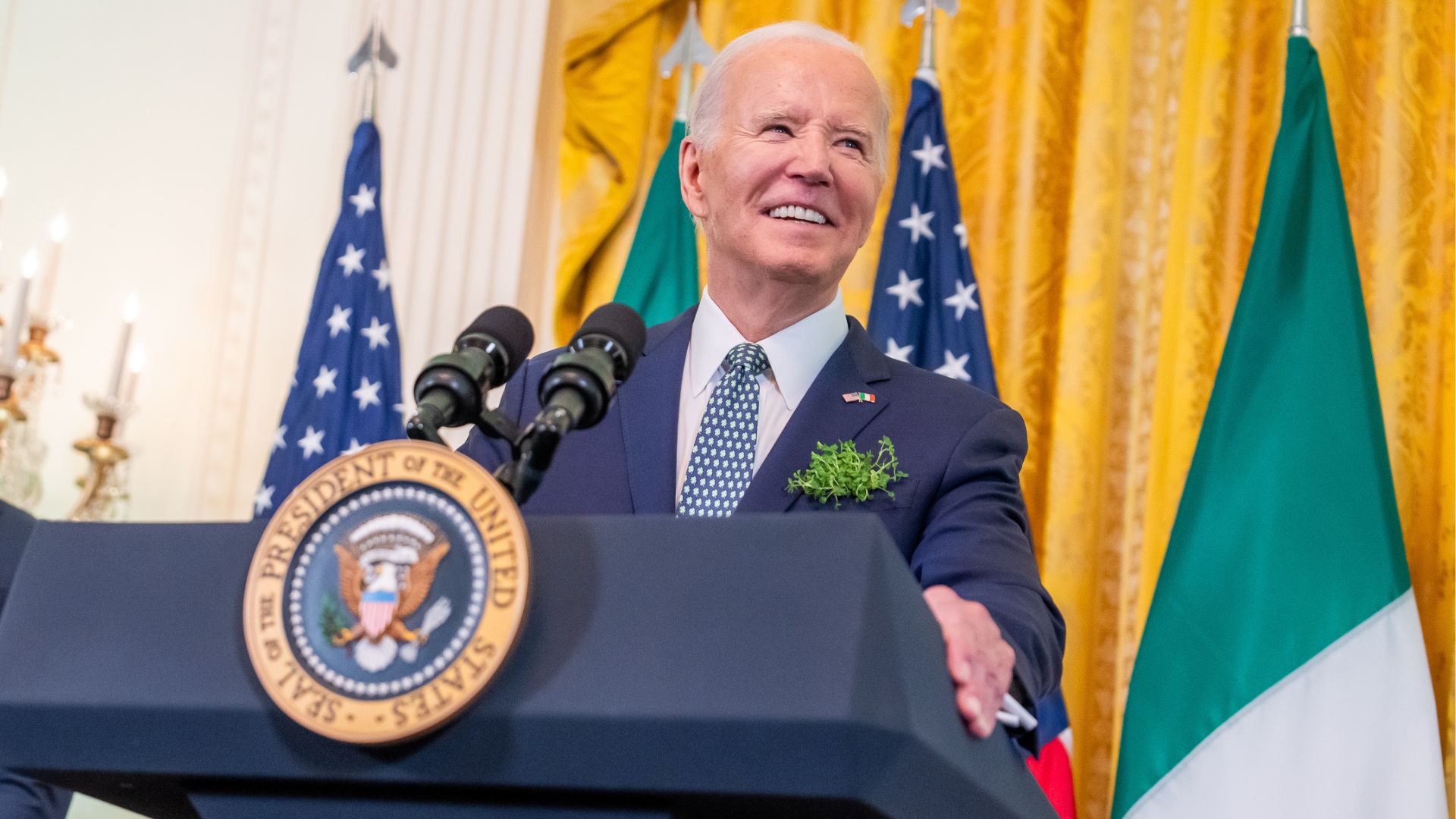
Political stances on environmental and energy policies significantly impact the pace of EV adoption.
The upcoming presidential election could either bolster or hinder the current administration’s efforts, depending on the victor’s policies towards renewable energy and transportation.
Lessons from Slow Deployment
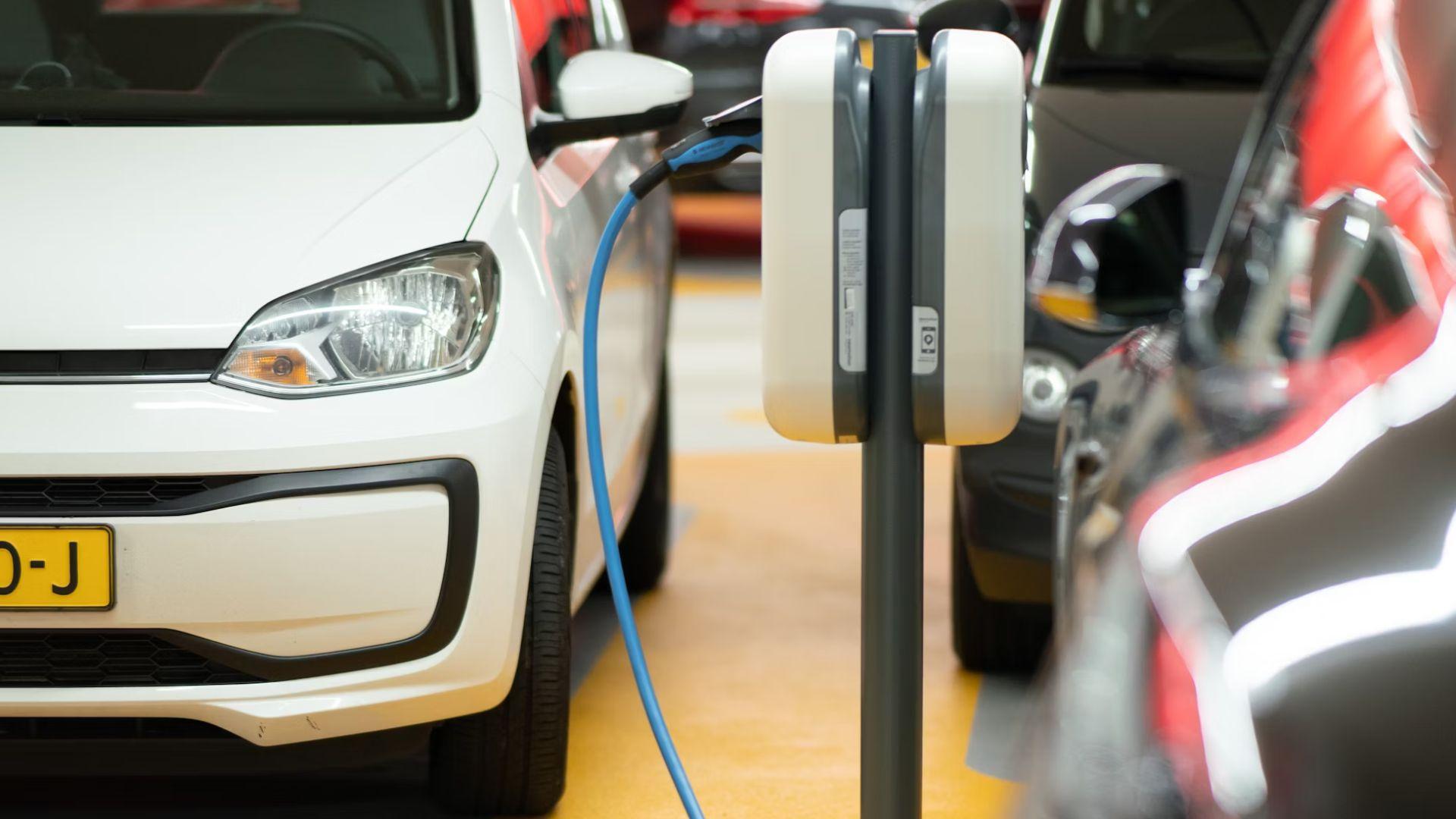
The slow rollout of EV charging stations has taught valuable lessons about government readiness and contractor capabilities, not to mention the lack of overall adoption (via the NY Times).
Streamlining regulation, improving contractor coordination, and setting realistic timelines could prevent future delays in infrastructure projects.
Future Innovations in EV Technology
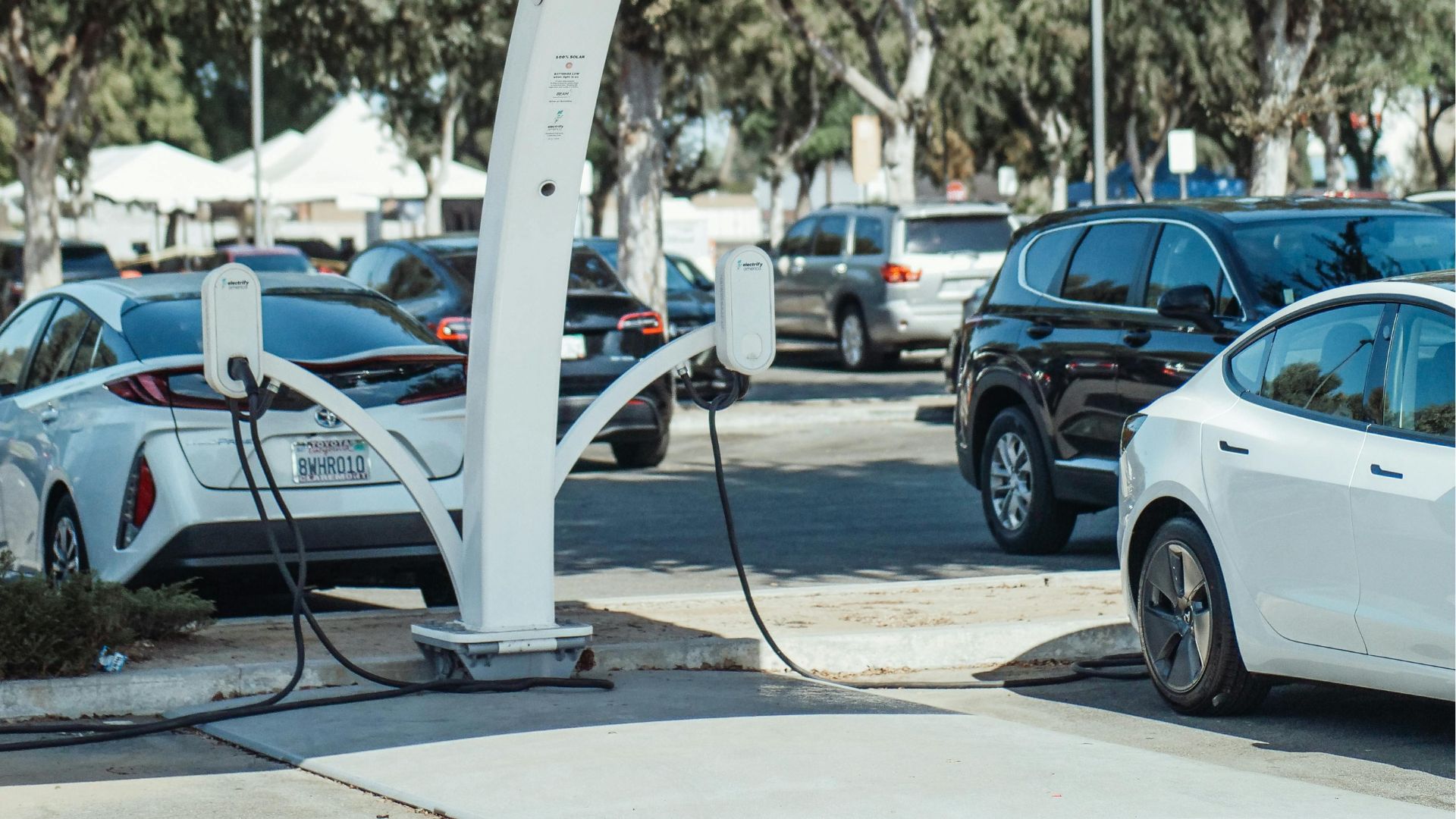
Innovations like solid-state batteries and hydrogen fuel cells could potentially revolutionize the EV market by offering safer, more efficient, and quicker charging alternatives (via Forbes).
Continued investment in these technologies is crucial for overcoming current limitations and meeting future transportation needs.
Reflections and Forecasts
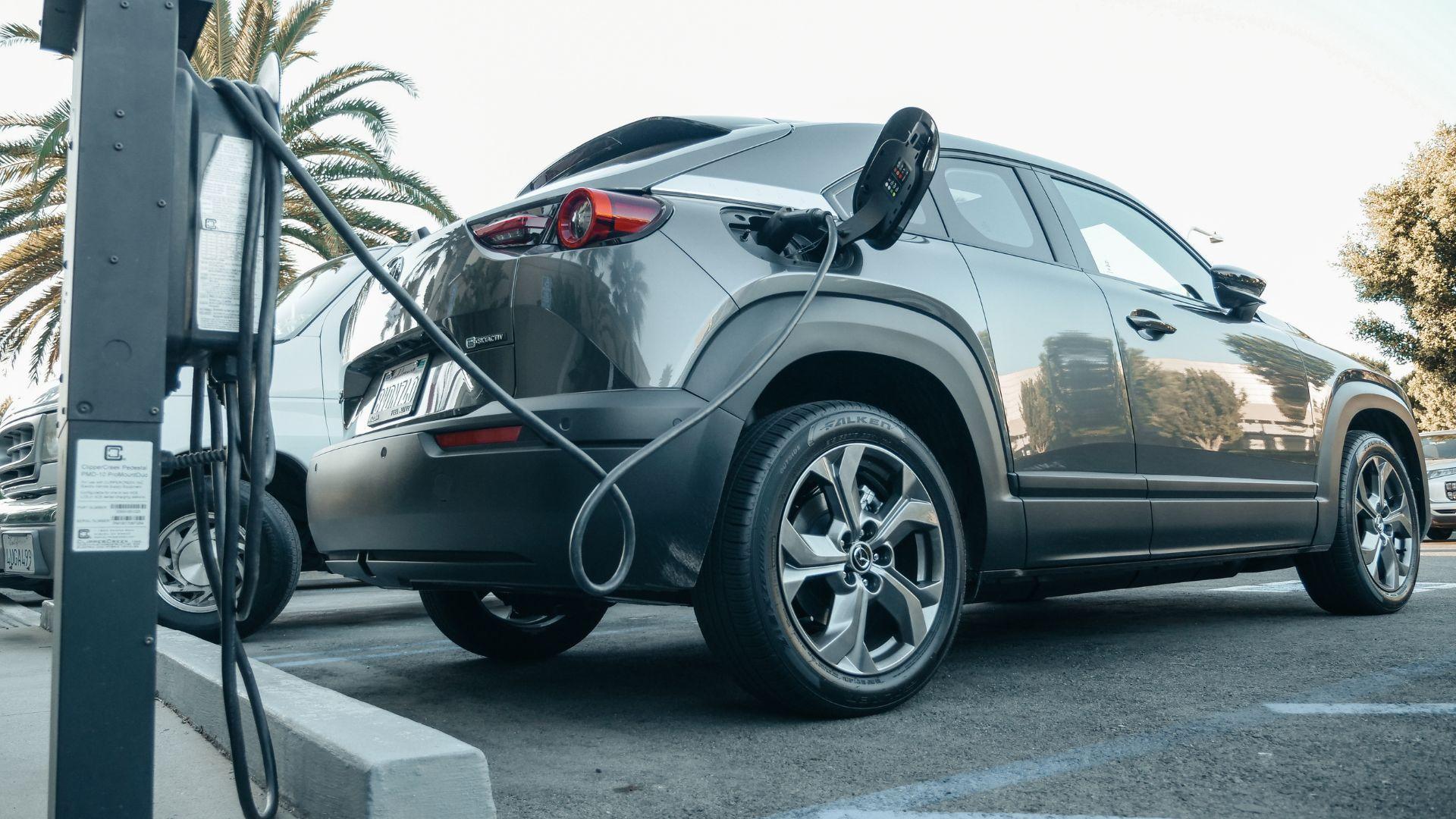
Reflecting on the slow progress in the EV infrastructure rollout highlights the urgency of intensifying efforts.
With significant advancements and strategic planning, the goal of a widespread EV future remains within reach, albeit demanding accelerated actions to fulfill increasing consumer and environmental needs.
